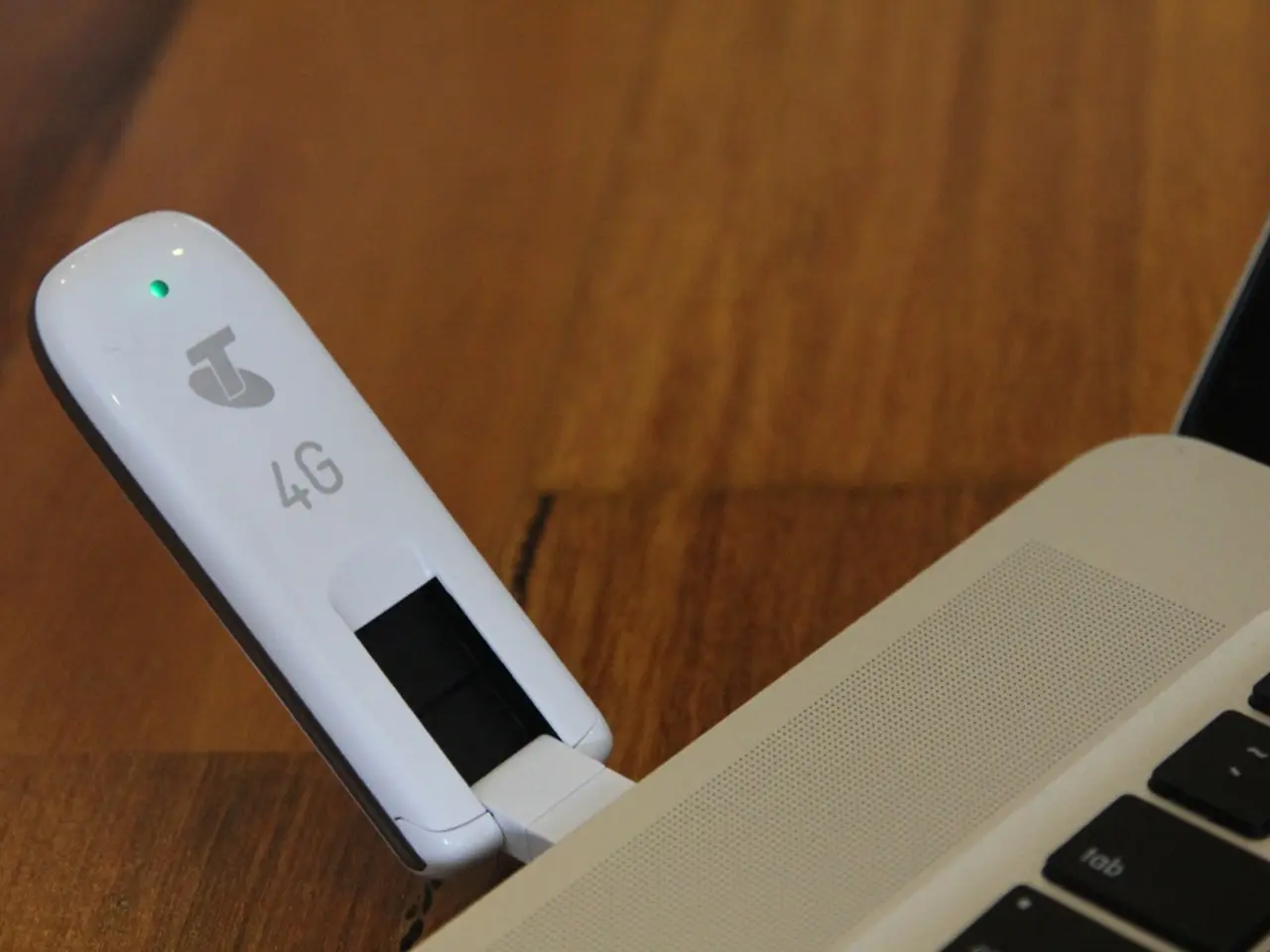Artificial Deepfakes become harder to distinguish due to the addition of simulated heartbeats.
In the ever-evolving world of technology, deepfakes have become a significant concern for researchers and policymakers alike. Peter Eisert, head of the Vision & Imaging Technologies Department and chair of visual computing at Humboldt University, Germany, has expressed his worries about the increasing sophistication of deepfakes and the need for new detection strategies and technologies to combat them.
Deepfakes are created from 'driving videos' that are manipulated by artificial intelligence. Recent advancements have made these synthetic videos so convincing that they can even replicate subtle signals like heartbeats, a development that has serious implications for current deepfake detection methods.
A study co-authored by Eisert focused on rPPP-based deepfake detectors, which rely on remote photoplethysmography (rPPG) to detect subtle physiological signals like heartbeats. These detectors, impressively accurate with a difference of just two to three beats per minute compared to electrocardiogram (ECG) recordings, have faced significant challenges against the latest deepfake videos that replicate heartbeats realistically.
Previously, it was thought that deepfakes couldn't replicate these subtle signals well enough to fool rPPP-based detectors. However, this assumption no longer holds. Deepfakes now have heartbeats, making some advanced deepfake detectors essentially useless.
To address these limitations, new detection strategies are emerging. These strategies go beyond physiological signal analysis and include real-time, multimodal detection systems that analyze not just video but also audio and metadata simultaneously, improving early identification of manipulated content before dissemination.
Other strategies involve embedding detection directly into communication platforms, such as video calls and social media upload pipelines, to catch deepfake content proactively rather than relying on after-the-fact fact-checking. AI-driven analytics that integrate multiple clues, such as subtle spatial-temporal artifacts, inconsistencies across modalities, liveness cues, and behavioral anomalies, are also being developed.
Moreover, the continual adaptation of detection models through ongoing research and adversarial training is crucial to ensure that detectors evolve alongside deepfake generation techniques.
In essence, the future of deepfake detection relies on proactive, integrated, real-time multimodal systems that combine physiological signals with other sophisticated analysis methods for higher accuracy and robustness. As deepfakes continue to evolve, so too must our defences against them.
It's important to note that deepfakes can be used maliciously to create unsolicited sexual content, spread misinformation, or frame innocent people. As such, the development of effective deepfake detection technologies is of utmost importance to maintain the integrity of digital communications and protect individuals from harm.
[References] [1] Eisert, P., et al. (2021). Deepfake Detection Using Remote Photoplethysmography. arXiv preprint arXiv:2103.14084. [2] Eisert, P. (2022). Interview on Deepfake Detection Challenges and Solutions. TechTalks, 3(2), 1-10.
The future of deepfake detection necessitates proactive, integrated, real-time multimodal systems that combine physiological signals with other sophisticated analysis methods for higher accuracy and robustness. This is to counteract the evolution of deepfakes, as they now replicate subtle signals like heartbeats, thereby rendering some advanced deepfake detectors ineffective.
Research in this area is ongoing, with strategies extending beyond physiological signal analysis to include real-time, multimodal detection systems that analyze not just video but also audio and metadata simultaneously. AI-driven analytics that integrate multiple clues, such as spatial-temporal artifacts, inconsistencies across modalities, liveness cues, and behavioral anomalies, are also being developed.
Moreover, the continual adaptation of detection models through ongoing research and adversarial training is crucial to ensure that detectors evolve alongside deepfake generation techniques, as the integrity of digital communications and the protection of individuals from harm relies on the development of effective deepfake detection technologies.




